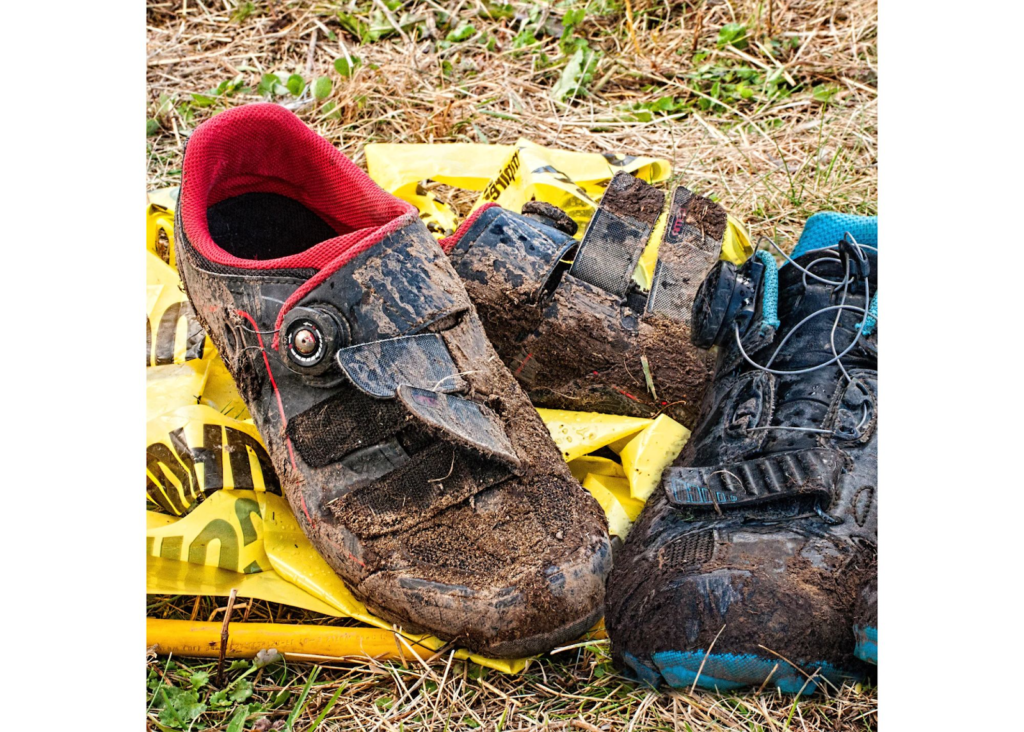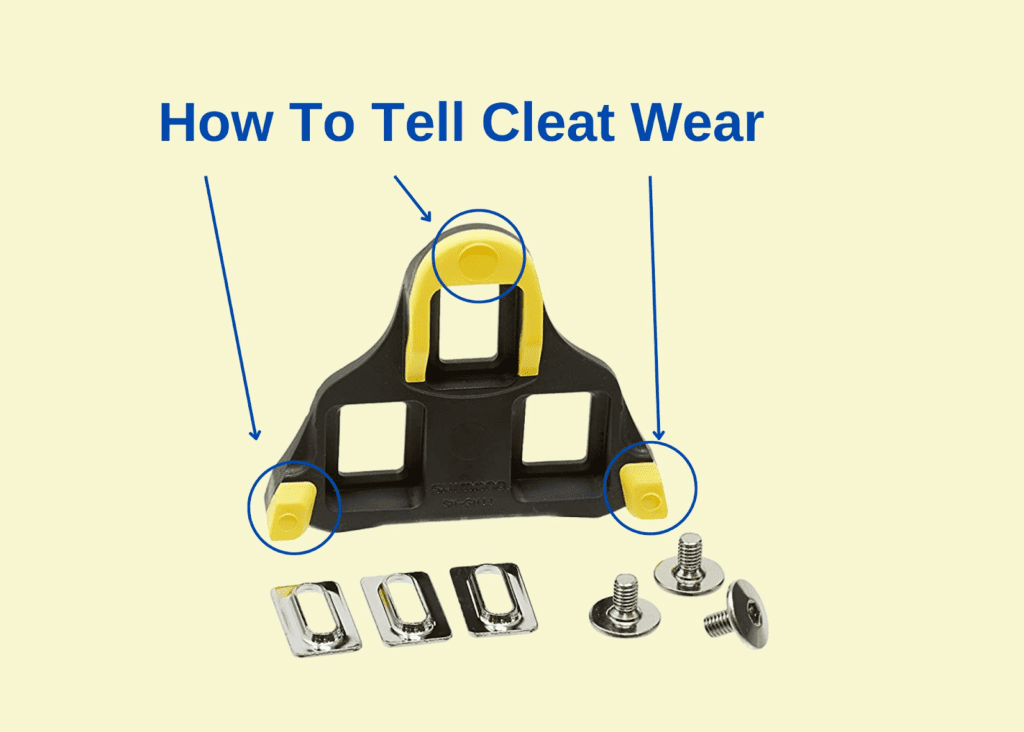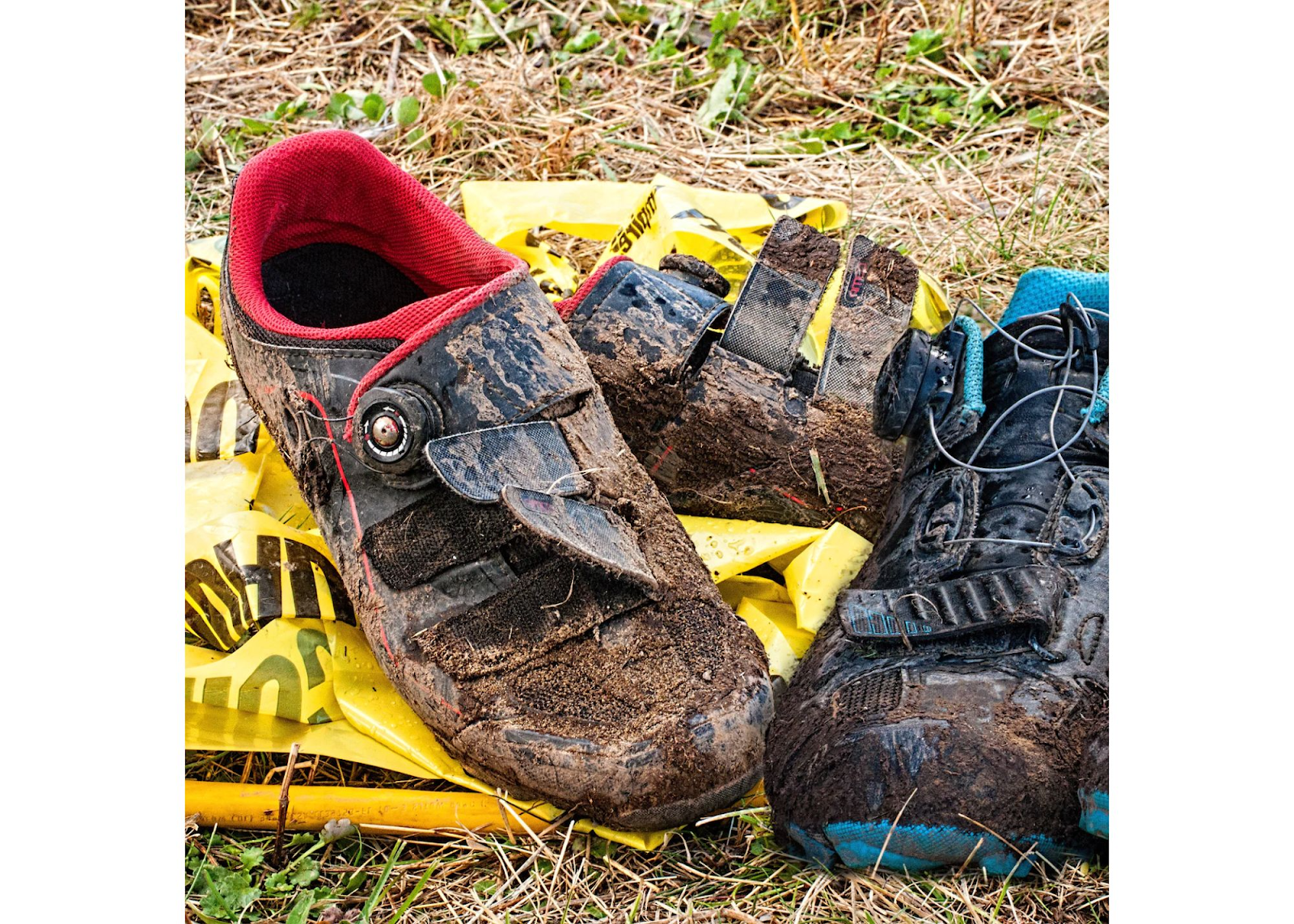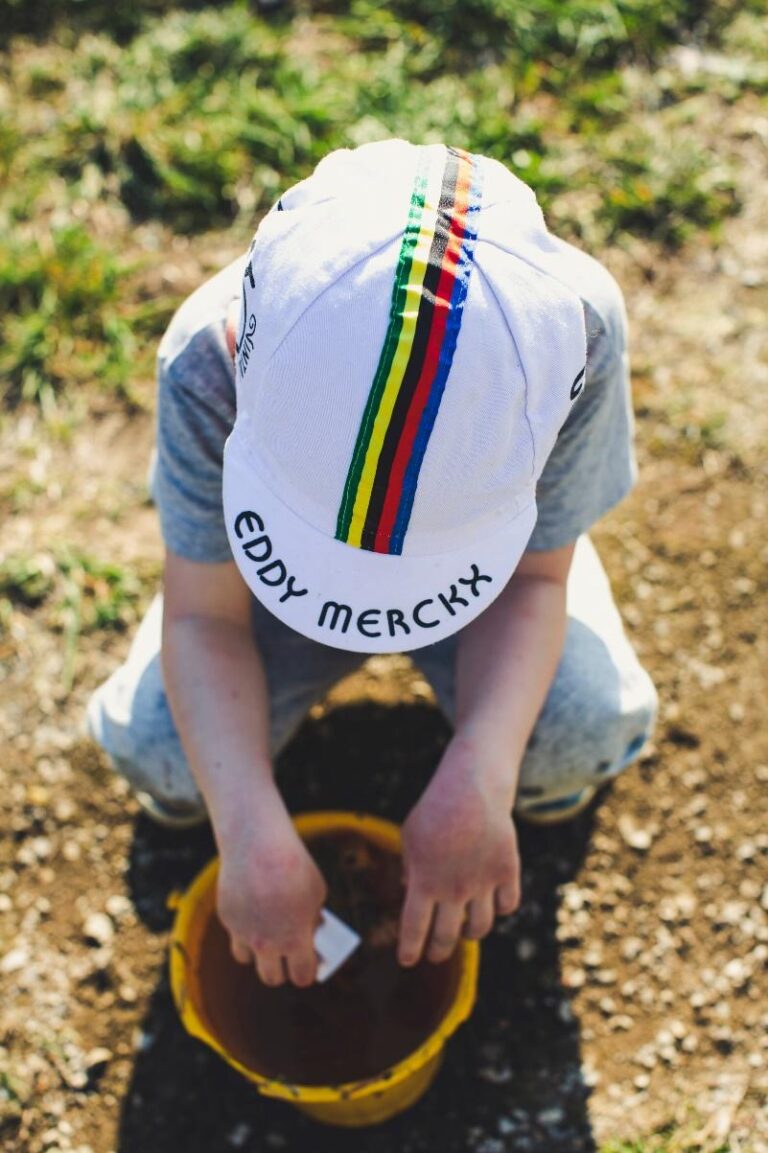How Long Do Cycling Shoes Last?
Cycling shoes tend to last longer than 10 years if the right attention and care is given to them. This may sound surprising to someone coming from long distance running as running shoes tend to have a life of 400 miles until shoe-born injuries begin to occur. This is good news to the avid cyclist who enjoys putting many miles behind the bicycle as making a good investment in a pair of shoes will mean more many miles of happy feet for the years to come. How long do cycling shoes last? Cycling shoes will last if you would like if you give the cycling shoes the care and attention that they deserve.


Invest in your knowledge:
These pieces of reading may be interesting to you:
- Best Cycling Shoes for Morton’s Neuroma [Numb Toes]
- Best Cycling Insoles for Hot Foot and Numb Toes
- Cyclists’ Guide to Keeping your Feet Warm in Cold Weather
How can cycling shoes last so long?
If your cycling shoes fit correctly, an endurance runners’ shoe lifetime is about 400 miles, or 800000 steps. That is 800000 opportunities to take single strokes of 150 pound hammers (your body weight) to the bottom of the endurance runners’ shoe to breakdown the padding. This padding breakdown is not a problem for the cyclist as there is no repetitive impact on the sole of the shoe.
Endurance runners’ shoes life limiter is the padding and support breakdown. Once this breaks down it will not support the arch, calves, hamstrings, hips, and subsequently the back to the extent that they were able to when first taken out of the box.
Cycling is a special sport because you can get a true aerobic workout for as long as you live – if you take care of your body. The same is true with the shoes that cyclists wear. Dissimilar to other options for exercise, there is absolutely zero impact on the body of the shoe to cause the padding, the seams, and the upper to break down. This means that 4-5 years from now, you can still own a shoe that is as responsive in the sole as year one.
What is proper attention and care for cycling shoes?
Cycling shoes will be happy with their owner and repay them with a long life if the following is done:
- In-home care
- Minimal walking on foot bottom
- Timely replacement of cleats
- Wear socks with cycling shoes
In-home care
It is best to make a small investment in the shoe to take good care of them. To make sure that your shoe survives through the time, you will want to make sure that you know how to keep your cycling shoes clean and dry.
The easiest way to keep your shoe dry is to always find a shoe waterproof spray. All brands are similar and will work in your favor. These sprays put a layer between the shoe and the water that it encounters to keep the upper from breaking down. The easiest ways to keep your shoes clean are through magic erasers, shoe cleaners and a shoe brush.
Minimal walking on foot bottom
As spoken of before with running shoes, cycling shoes can breakdown with repeated walking. There are many shoes that advertise that you can walk on the shoes with a recessed cleat and raised footplate. The drawback is that any steps that you take involve a decrease in the overall life of the shoe. Why?
- Shoe Padding Depression
- Shoe Stitching Stretch
- Foot Placement
Further, if you continue to walk on the bottom of the cycling shoe, you may depress the peroneal nerve and cause your foot to go numb (also known as hot foot). The easiest way to solve for this is to stop walking on the bottom of your shoe, and replace the insoles.
Shoe Padding Depression
Once you begin walking on your cycling shoes, the small amount of shoe padding and support that is available begins to be depressed. This is a part of the shoe that cannot be repaired. The padding will slowly decrease in width and girth and eventually harden under each step. It is not recommended to walk very much in your cycling shoes as they are not optimized for walking, but cycling.
Shoe Stitching Stretch
Cycling shoes are designed to fit snug and tight. Most of the force that the makeup is made to take is an upward and down motion of the shoe. As you walk in the shoe, your foot will shift in the shoe left to right causing stretch to occur in the shoe. A wide fitting shoe can not only lead to injury but will also warrant a replacement in the shoe through decreased performance and upper shoe skin failure.
Foot Placement
The shoe overtime will become looser as it moves around in the shoe. This will decrease the amount of response that you are able to get from the cycling shoe when you are accelerating off a turn in low gear and may warrant shoe replacement.
Cleat Replacement


Almost all brands like this Shimano SPD cleat will have a wear indicator letting you know when it is time to replace your cleats. This timing will typically be at around 4000 miles to 5000 miles. Outside of these, you will begin to feel your cleats clipping out easier than when they were fresh. You will also feel that your cycling shoes may be wobbly while riding. This can be an unsafe situation and will be good to make sure to replace your cleats. As long as you replace your cleats in a timely manner, your shoe life will prolong.
Wear socks with cycling shoes
Not wearing socks with cycling shoes (or wearing dirty socks with your cycling shoes) will cause your shoes to deteriorate a lot faster than you would expect.
We understand that you want to skip the socks because it may feel that you are more connected with the bicycle when you are riding. On a warm day, you may even get some airflow in the shoe that will feel good when you are climbing up Mt. Tam.
However, if you want to prolong the life of the shoe, you should make it a point to wear socks with cycling shoes. It will keep microbials from growing in your shoe. It will keep the shoe dry and the glues from breaking down. The shoe will also not soak in sweat as it would if you were not wearing socks.
Other Shoe Care Quality Control
While the above tips are an absolute must need for treating your cycling shoes well, if you really want to extend the life of your investment, then it makes sense to follow these two pieces of quality care control as well.
Riding in the rain, and keeping your shoes clean are very important. It is helpful to your shoes to keep them from getting soaked or dirty so that you are doing routine maintenance rather than an overall cleaning of the shoe. It is must more difficult to restore a cycling shoe rather than to clean it.
Riding in the Rain
When riding in the rain, the water will soak into the upper and get into the metal parts of the cleat. When I. do not want to do a full deconstruct of the shoe, I typically will take an air blower to the bottom of the shoe and wipe the top of the shoe with a towel to dry the cycling shoe. This is best done immediately after a ride to keep the water from causing the shoe to deteriorate.
Shoe Cleanliness
It is advantageous to wipe the shoe with a magic eraser when coming home to make sure that there is minimal debris that can remain on the shoe. As the cycling shoe collects debris over time, removing that debris from the shoe will become substantially more difficult.
Store in dry and cool space
We know that in the summer in the south it can get very humid, muggy and affect everything from your clothing to the inside of your car. It is important to know that the high humidity will also affect your cycling shoes.
The moisture mixed with the high heat can cause the glues in the shoe and the fabric to break down faster. The humidity and high heat can also cause the shoe itself to deform from the original break in design of your foot when you originally purchased the shoe.
The easiest way to stop this problem is to store the shoes inside when possible and ideally in a space that is not highly humid so that the shoe can remain intact for years to come.
Hand Wash Cycling Shoes
Did you get caught in a storm while riding through gravel? Were your shoes originally white, but now look like they got a fresh coat of brown paint? That is great! This is an opportunity for you to spend some quality time with your cycling shoes by handwashing them. It is not advised to put your cycling shoes in the dishwasher as the leftover chemicals used to wash dishes will cause breakdown of the shoe. The washing machine is also a choice to be avoided as manufacturers do not create and design the shoe for constant impact against the metal lining of a washer machine.
Conclusion
How long does a cycling shoe last? A cycling shoe lasts as long as you care for it. This will easily be over ten years if you truly follow simple steps and invest small amounts of time into your shoes to keep you moving forward. With small positive choices like keeping your shoes dry, to wiping off excess debris to timely replacement of cleats, your shoes will last far longer than you expect.



![How long do cycling bibs last? [500 hours Saddle Time] + Upkeep Guide Linked](https://routeonecycling.com/wp-content/uploads/2023/04/25-768x548.png)

![How Much Room In Cycling Shoes [Toe Bunching Awareness Guide]](https://routeonecycling.com/wp-content/uploads/2023/05/howmuchroomincyclingshoes1-768x549.png)

![Are Cycling Jerseys Supposed to Be Tight? [Fit Guide for Jerseys]](https://routeonecycling.com/wp-content/uploads/2023/03/arecyclingjerseyssupposedtobetight2.jpg)